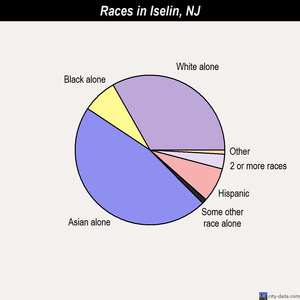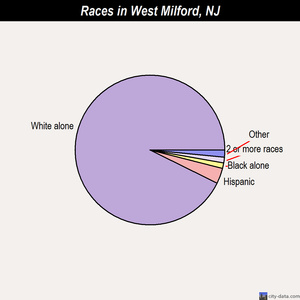In the face of institutionalized segregation, Grace Paley acted as a white ally who utilized her white privelage to defend the personage of the black Americans she saw and was surrounded by. Paley wrote about her attempt to rerender the scene of her mother refusing to get up (much to her sister’s dissent): her mother’s actions to stand her ground and remain seated in the back rows of the bus were purposeful— her mother was not confused by the practice of segregation, however she would not stand (or sit) for it. This idea of almost familial ties and defense of those who are treated unjustly is visited again when Paley offered her seat to a black woman. Upon looking back on the scene, Paley recognized explicitly the community she shares/d with black Americans– she saw her own family within those around her.
Tag Archives: Academic Orientation: Experience and Meaning
Where I’m From/Who I am(?)
6:30 A.M., Spring (2011-2017)
the essence of the sun crests
below the horizon
(golden hints reflected in clouds;
refracted in the water.)
the ghost of dusk
curls over hills
(foreboding in evening, yet peaceful in
daybreak.)
soil shifts as steps pass over–
the rebirth of monotony.
Rather than make a post about (all) the grievances I hold toward my hometown (West Milford/Hewitt, New Jersey), I decided instead to make a post highlighting the gorgeous nature that surrounded me there, whether it be on my morning walk to the school bus stop, or on a hike at a state park less than 15 minutes away.
Being constantly surrounded by forests and lakes, especially when trudging to school every morning (exemplified both in the poem I wrote & the first painting I posted) is something that I was always very grateful for– fresh air made the 6:30 a.m. commute a little bit easier (except for, of course, during the winter months).
Having the opportunity to grow up surrounded by forests and trees helped shape me into the person I am today– fantisizing about the outdoors and the wonders that lie in the shadows of leaves. But there is some lonlieness in the way I experienced nature and my town– when walking to school early in the morning or gazing out a window at my house. The bond that those in my class shared when they quadded, fished or hunted together was not something that I got to experience (nor did I necessarily want to).
When I moved at 7 years old from Iselin, NJ to West Milford, I remember being shocked by the lack of color in the room of my second grade class.
In a town of more than 20,000 people (depending on what sources you look at) and a caucasion population between 86.4% and 94.06%, it was certainly difficult for myself, a mixed Filipino and Irish woman, to wholly embarce and discover that Filipino side of me. So while I was able to (into my highschool years) discover a love for nature that I would have missed out on in the suburbs, my racial and cultural identity was stunted in a place where I’ve met one (1) other Filipino person (besides my mother, of course).
And I don’t mean to blame the community in West Milford for their largely white population, however I do wish to highlight the racially charged political stance held by large percentage of both the male and female population of my highschool (and my town). While there is never a conversation about race, kids still wear shirts and have bumper stickers and hats and bandanas, phone cases, backpacks; all emblazoned with the Confederate Flag (and if you ask how at least 40% of the people in this North Jersey school all have roots in the confederacy, I couldn’t tell you.)
Growing up, I didn’t have the option to discover more about my cultural identity, which is in part my own fault for not searching for it more actively (by asking my mother or other family members). And while I didn’t expect my town to have resources for cultures and ethnic groups unlike their own, I’m simply looking back on a missed opportunity I had growing up in a town with an Asian population of less than 2% (and a mixed race population of less than 1%)





